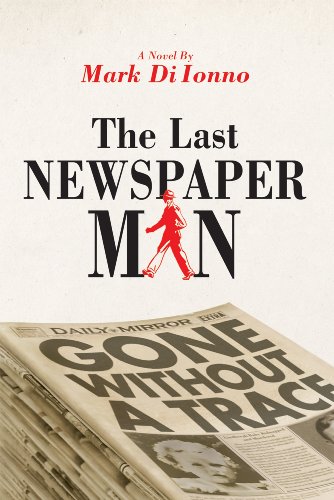The Last Newspaperman
In 1999, a feature writer with the Shore Record in New Jersey arrives at The Oceanview, a new assisted living center. He is in search of a potential eyewitness to interview for an end-of-the-century story. He expects to find a dismal, perhaps dark facility to match a gloomy, geriatric population. Once inside, his perceptions are way off the mark. He is introduced to spunky 93-year-old Fred Haines, who lives surrounded by a bright and pleasant atmosphere. Humorous and somewhat prickly, Fred is an ex-newspaperman with a sharp-as-a-tack memory. Sharing a common interest in news, Haines and the visitor begin to talk. What the old guy has to share is more than he expects.
Di Ionno’s novel examines the nature of 1930s journalism through Haines’ eyes. He was a tabloid voyeur who would often invent and twist his stories to sell papers. It was never about fairness. Haines reflects on his career and shares his insight and firsthand coverage of several major stories of the era: the kidnapping of Charles Lindbergh’s son, the explosion of the Hindenburg, the execution of Ruth Snyder, and the Morro Castle ocean liner fire. As Fred chronicles his reporting life and shares events about his lost love, the visitor sees his ethical transformation from voyeur to savior. When he became part of the story he realized: “For the first time in my life, I was part of something not just working the edges.”
Mark Di Ionno writes about what he knows, making this a suspenseful and convincing read. The Last Newspaperman is a prescient historical novel with relevance today as the digital age of social and mass media creates an even greater blur between reality and fiction.










